The Princess and the Frogs
“A refreshing princess book that puts kissing in its place and rejoices in childhood idylls.” — Kirkus Reviews

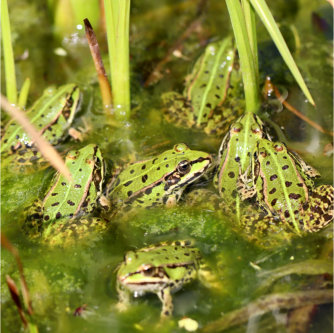 A group of birds is called a flock, a group of cattle is called a herd, but a group of frogs is called an army. (1)
A group of birds is called a flock, a group of cattle is called a herd, but a group of frogs is called an army. (1)There are over 5000 frog species in the world. (2)
A frog completely sheds its skin about once a week. After it pulls off the old, dead skin, the frog usually eats it. (1)
Some frogs can jump over 20 times their own body length; that is like a human jumping 30m. (2)
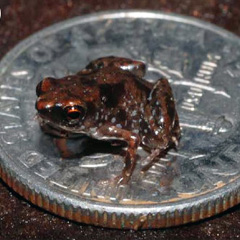 The smallest frogs (only 9mm long) are the Paedophryne dekot and Paedophryne verrucosa from Papua New Guinea. (3)
The smallest frogs (only 9mm long) are the Paedophryne dekot and Paedophryne verrucosa from Papua New Guinea. (3)One way to tell a male frog from a female frog is by looking at its ears. The ears can be found right behind the frog’s eyes. If the ears are as big as the eyes, then the frog is a boy. If the ears are smaller than the frog’s eyes, then the frog is a girl. (7)
Frogs are amphibians, which comes from the Greek language and means "both lives." Most frogs are born in water as tadpoles and gradually change into frogs although some frogs, known as direct developers, are born as full frogs. This allows them to be born and live far away from water, such as on mountaintops. (4)
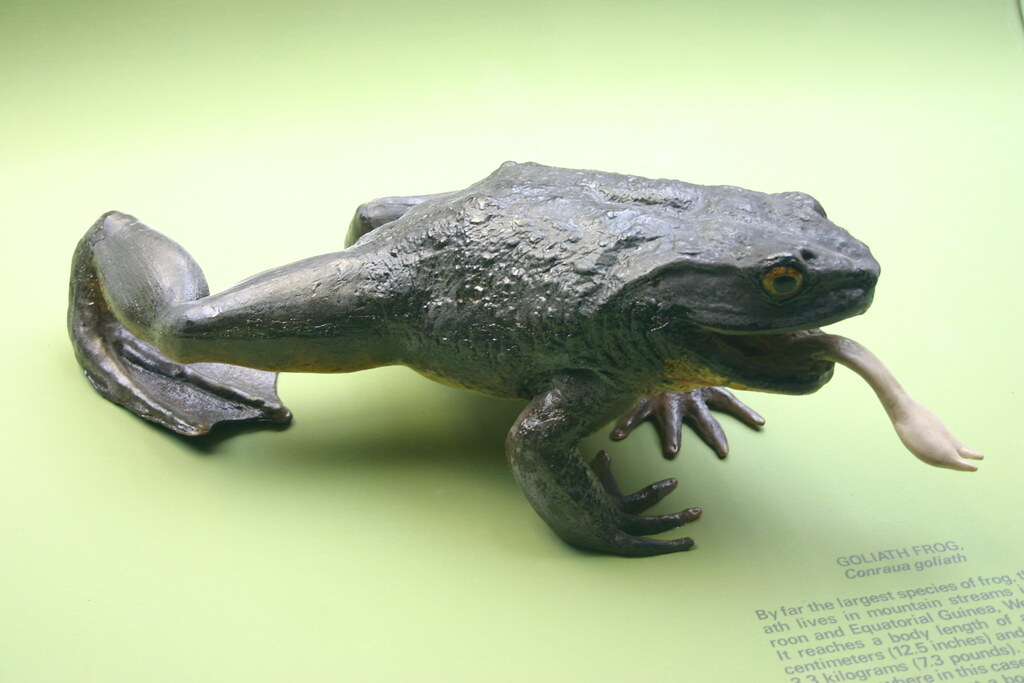
Frogs have both a common name and a scientific name, which is in Latin. Thus the African Clawed Frog is also known as Xenopus laevis. The scientific name consists of a frog's genus followed by its species (this is called binomial nomenclature). Carl Linnaeus devised this system in the 18th century so that scientists could be certain they were always referring to the correct species. For instance, there is a 'Green Treefrog' in Europe, America and Australia, but they are all different species: Hyla arborea, Hyla cinerea and Litoria caerulea. (3)
There is a frog in Indonesia that has no lungs – it breathes entirely through its skin. (1)
Frogs don’t drink water they absorb it through their skin (2)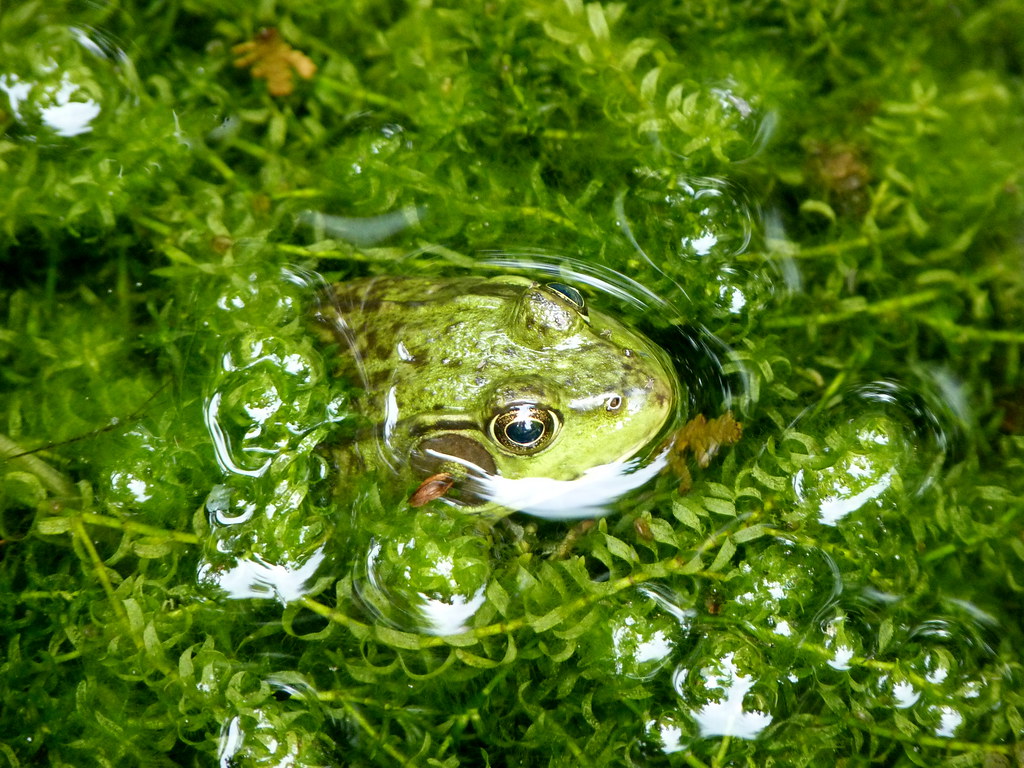

Frogs are known as indicator species and can give scientists valuable insight into how an ecosystem is functioning. Because they are predators and prey many animals are affected by them, frogs provide insight into the health of the ecosystem. (4)
Some frogs remain in the tadpole stage for 2 or 3 years. (3)
The Latin word for a frog (rana) imitates their croaking sound. (6)
The Moche people of ancient Peru worshipped animals, and often depicted frogs in their art. (5)
When a frog swallows its prey, it blinks, which pushes its eyeballs down on top of the mouth to help push the food down its throat. (1) 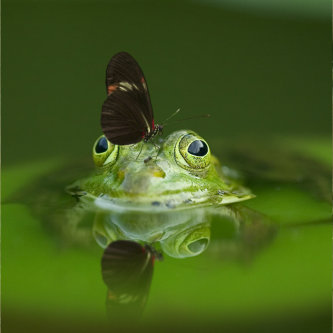

Learn Even More About Frogs!
Sources for the Frog Facts on this page:
- http://www.smithsonianmag.com/science-nature/14-fun-facts-about-frogs
- https://onekind.org/animal/frog/
- http://www.savethefrogs.com/cool-frog-facts/
- http://www.defenders.org/frogs/basic-facts
- Berrin, Katherine; Larco Museum (1997). The Spirit of Ancient Peru: Treasures from the Museo Arqueológico Rafael Larco Herrera. New York: Thames and Hudson.ISBN 0-500-01802-2.
- Harper, Douglas. "Frog". Online Etymology Dictionary. Retrieved 2012-10-02.
- http://www.earthrangers.com/wildwire/top-10/top-ten-awesome-facts-about-frogs/